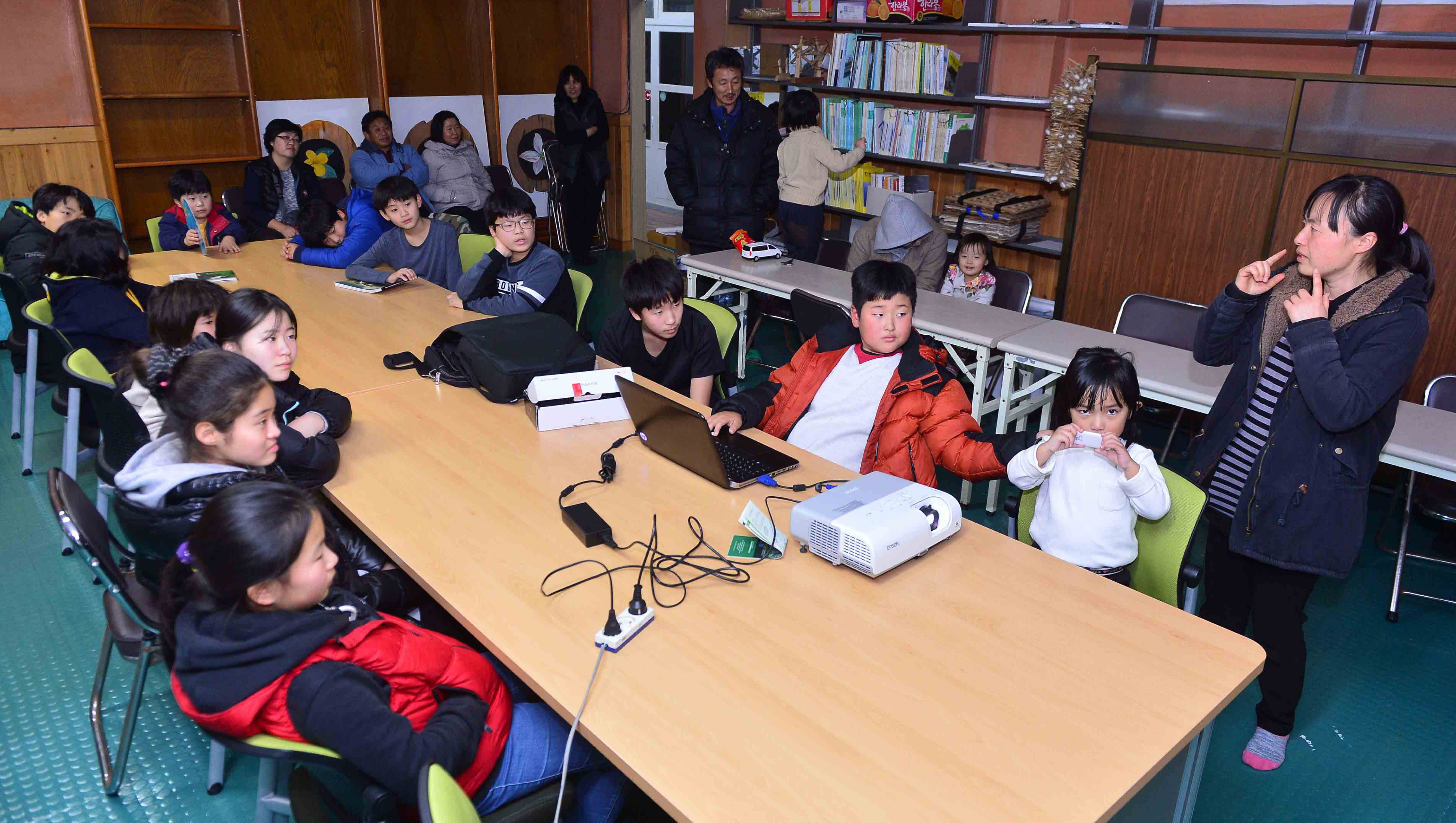| 장용창 회원이 한국야생조류협회에 올린 글을 퍼왔습니다.. 조류 독감의 이동 경로에 대한 논문을 좀 찾아봤습니다. 아래 논문들은 모두 SCI급 논문 피인용 건수가 200회를 넘는 논문들입니다. (1) http://www.pnas.org/content/103/51/19368.short Kilpatrick, A. M., Chmura, A. A., Gibbons, D. W., Fleischer, R. C., Marra, P. P., & Daszak, P. (2006). Predicting the global spread of H5N1 avian influenza. Proceedings of the National Academy of Sciences, 103(51), 19368-19373. The spread of highly pathogenic H5N1 avian influenza into Asia, Europe, and Africa has resulted in enormous impacts on the poultry industry and presents an important threat to human health. The pathways by which the virus has and will spread between countries have been debated extensively, but have yet to be analyzed comprehensively and quantitatively. We integrated data on phylogenetic relationships of virus isolates, migratory bird movements, and trade in poultry and wild birds to determine the pathway for 52 individual introduction events into countries and predict future spread. We show that 9 of 21 of H5N1 introductions to countries in Asia were most likely through poultry, and 3 of 21 were most likely through migrating birds. In contrast, spread to most (20/23) countries in Europe was most likely through migratory birds. Spread in Africa was likely partly by poultry (2/8 introductions) and partly by migrating birds (3/8). Our analyses predict that H5N1 is more likely to be introduced into the Western Hemisphere through infected poultry and into the mainland United States by subsequent movement of migrating birds from neighboring countries, rather than from eastern Siberia. These results highlight the potential synergism between trade and wild animal movement in the emergence and pandemic spread of pathogens and demonstrate the value of predictive models for disease control. 아시아: 9/21건은 가금류 산업, 3/21건은 철새가 이동시킴. 유럽: 20/23건은 철새가 이동시킴. 아프리카: 2/8건은 가금류 산업, 3/8건은 철새가 이동시킴. 결론: 향후 서유럽에는 가금류 산업 때문에, 미국엔 철새 때문에 이동할 가능성 높음. (2) http://europepmc.org/articles/PMC3373083 Gilbert, M., Chaitaweesub, P., Parakamawongsa, T., Premashthira, S., Tiensin, T., Kalpravidh, W., ... & Slingenbergh, J. (2006). Free-grazing ducks and highly pathogenic avian influenza, Thailand. Emerging infectious diseases, 12(2), 227. Thailand has recently had 3 epidemic waves of highly pathogenic avian influenza (HPAI); virus was again detected in July 2005. Risk factors need to be identified to better understand disease ecology and assist HPAI surveillance and detection. This study analyzed the spatial distribution of HPAI outbreaks in relation to poultry, land use, and other anthropogenic variables from the start of the second epidemic wave (July 2004–May 2005). Results demonstrate a strong association between H5N1 virus in Thailand and abundance of free-grazing ducks and, to a lesser extent, native chickens, cocks, wetlands, and humans. Wetlands used for double-crop rice production, where free-grazing duck feed year round in rice paddies, appear to be a critical factor in HPAI persistence and spread. This finding could be important for other duck-producing regions in eastern and southeastern Asian countries affected by HPAI. 결론: 태국에서 조류 독감의 확산에는 논에서 자유롭게 먹이 활동을 하는 오리류가 가금류보다 더 많이 기여한 것으로 보임. (3) http://europepmc.org/articles/PMC3372333 Gilbert, M., Xiao, X., Domenech, J., Lubroth, J., Martin, V., & Slingenbergh, J. (2006). Anatidae migration in the western Palearctic and spread of highly pathogenic avian influenza H5N1 virus. Emerging Infectious Diseases, 12(11), 1650. During the second half of 2005, highly pathogenic avian influenza (HPAI) H5N1 virus spread rapidly from central Asia to eastern Europe. The relative roles of wild migratory birds and the poultry trade are still unclear, given that little is yet known about the range of virus hosts, precise movements of migratory birds, or routes of illegal poultry trade. We document and discuss the spread of the HPAI H5N1 virus in relation to species-specific flyways of Anatidae species (ducks, geese, and swans) and climate. We conclude that the spread of HPAI H5N1 virus from Russia and Kazakhstan to the Black Sea basin is consistent in space and time with the hypothesis that birds in the Anatidae family have seeded the virus along their autumn migration routes. 결론: 러시아와 카자흐스탄에서 흑해 연안으로 이동하는 데는 기러기목에 속한 철새들의 역할이 큰 것으로 보임. (4) http://www.sciencedirect.com/science/article/pii/S1090023307001748 Pfeiffer, D. U., Minh, P. Q., Martin, V., Epprecht, M., & Otte, M. J. (2007). An analysis of the spatial and temporal patterns of highly pathogenic avian influenza occurrence in Vietnam using national surveillance data. The Veterinary Journal, 174(2), 302-309. The objectives of this study were to describe the spatio-temporal pattern of an epidemic of highly pathogenic avian influenza (HPAI) in Vietnam and to identify potential risk factors for the introduction and maintenance of infection within the poultry population. The results indicate that during the time period 2004–early 2006 a sequence of three epidemic waves occurred in Vietnam as distinct spatial and temporal clusters. The risk of outbreak occurrence increased with a greater percentage of rice paddy fields, increasing domestic water bird and chicken density. It increased with reducing distance to higher population density aggregations, and in the third epidemic wave with increasing percentage of aquaculture. The findings indicate that agri-livestock farming systems involving domestic water birds and rice production in river delta areas are important for the maintenance and spread of infection. While the government’s control measures appear to have been effective in the South and Central parts of Vietnam, it is likely that in the North of Vietnam the vaccination campaign led to transmission of infection which was subsequently brought under control. 결론: 베트남에서는 메콩강 하류 지역의 논 주변에서 이뤄지는 가금류 집단 사육 농장들이 조류 독감 이동에 가장 큰 영향을 줌. 베트남 북부 지역에선 예방 사업 성공함. (5) http://onlinelibrary.wiley.com/doi/10.1111/j.1474-919X.2007.00699.x/full Gauthier‐Clerc, M., Lebarbenchon, C., & Thomas, F. (2007). Recent expansion of highly pathogenic avian influenza H5N1: a critical review. Ibis, 149(2), 202-214. Wild birds, particularly waterfowl, are a key element of the viral ecology of avian influenza. Highly pathogenic avian influenza (HPAI) virus, subtype H5N1, was first detected in poultry in November 1996 in southeast China, where it originated. The virus subsequently dispersed throughout most of Asia, and also to Africa and Europe. Despite compelling evidence that the virus has been dispersed widely via human activities that include farming, and marketing of poultry, migratory birds have been widely considered to be the primary source of its global dispersal. Here we present a critical examination of the arguments both for and against the role of migratory birds in the global dispersal of HPAI H5N1. We conclude that, whilst wild birds undoubtedly contribute to the local spread of the virus in the wild, human commercial activities, particularly those associated with poultry, are the major factors that have determined its global dispersal. 결론: 조류 독감의 이동에 철새가 얼마나 기여했는지에 대한 논란이 전세계적으로 많은데, 그 동안 발표된 논문들을 비판적으로 검토해본 결과, 철새들도 물론 이동에 기여하기는 했지만, 가금류 산업 등 인간 활동이 조류 독감을 전세계로 이동한 데 핵심적인 역할을 했음... (6) http://www.sciencemag.org/content/312/5772/384.short Olsen, B., Munster, V. J., Wallensten, A., Waldenström, J., Osterhaus, A. D., & Fouchier, R. A. (2006). Global patterns of influenza A virus in wild birds. Science, 312(5772), 384-388. The outbreak of highly pathogenic avian influenza of the H5N1 subtype in Asia, which has subsequently spread to Russia, the Middle East, Europe, and Africa, has put increased focus on the role of wild birds in the persistence of influenza viruses. The ecology, epidemiology, genetics, and evolution of pathogens cannot be fully understood without taking into account the ecology of their hosts. Here, we review our current knowledge on global patterns of influenza virus infections in wild birds, discuss these patterns in the context of host ecology and in particular birds' behavior, and identify some important gaps in our current knowledge. 결론: 조류 독감의 이동에 철새들이 얼마나 많이 기여했는지 알기에는 철새들의 생태와 생리에 대한 과학적인 지식이 너무나 부족함. 우리가 조류 독감의 이동 경로에 대해 무엇을 아는지 모르는지를 아는 것이 중요합니다. 우리는 지금 우리가 아는지 모르는지도 모른 채 안다고 착각하면서 떠들어대는 것 같습니다. 이 상태에서는 아무런 개선도 어렵습니다. 그러니 객관적이고 과학적인 조사가 우선입니다 |






